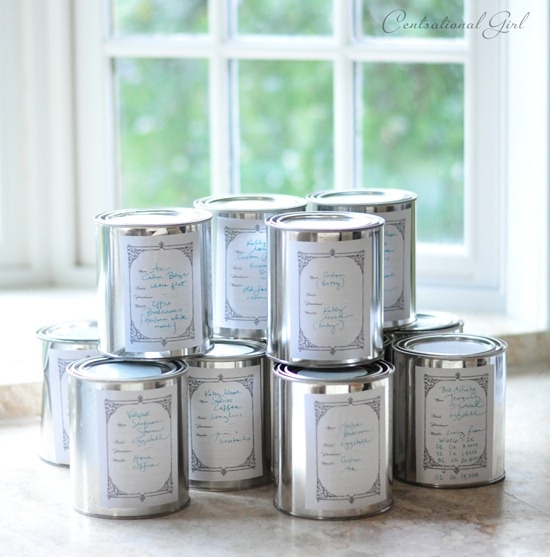Choosing the colour of your paint is not your only worry. Paints come in all kinds of textures and finishes. If you’re painting your very first house DIY style, you may not know your flats from your satins. With a few tips, you’ll be on your way to achieving your painting dreams.

Textures and Finishes
Before you can take a stroll down your DIY centre’s never-ending paint aisles, you’ll have to choose what type of paint suits your needs.
Water-based
Water-based acrylic is a low-impact, environmentally-friendly paint which washes out fine with water. Drips or mishaps can be easily cleaned up with a damp cloth, and drying time is quick. Although water-based is slightly less hardy than its oil-based counterparts, this paint is more cost-effective and less stressful to apply.
Flat
Otherwise known as matt, this paint is great for smoothing out troublesome irregularities on your walls. It’s easy to apply, and is recommended for ceilings in particular.
High-Gloss
The reflective nature of this paint means that it will broadcast any flaws in the surface, so preparation is key. Be very careful of letting this paint drip, as it will appear streaked. Its resistance to moisture and grease makes for an exceptionally cleanable surface. This paint would be ideal to touch up slate house signs or any other features outside of your home, as it is resilient against the weather.
Satin
Satin has that sleek effect that gets rid of the surface sheen of some paints and is great for walls that need to be wiped clean often.
Semi-Gloss
Hard to apply but has maximum moisture resistance. Perfect for windowsills, doors, and bathrooms.
Colours
After you’ve picked the best paint for you, it’s time to get to the tricky part – the colours. It might be an idea first to establish what kind of theme you want your decorations to follow, and look online to see if you can draw inspiration from already established rooms. Once you’ve spotted a shade you like, it’s best to collect a colour strip, so you can compare different colours against your walls, and visualise which would work best. You can also purchase paint samples to try out fresh on your wall before you make your decision.
White, you might think, is simple enough to pick, but there are many shades of white, all with their own nuances. Test out your colour in different lights too, as this will give you a better idea of how your walls will look like, depending on the time and season.
Picking Up Your Paintbrush
To make sure you purchase enough paint for the job, take your room measurements to a DIY shop and ask for advice on quantities of paint. Either that or trust an online paint estimator to tell you roughly how much you will need.
Don’t worry if the paint looks different dry. It may take time to adjust to a different colour, especially if it is quite bold. Get your furniture and other possessions in there as soon as possible, and you may be surprised to see how well it ultimately fits in.
This post has been written and contributed by Zoe for house sign company House Name Plate.

